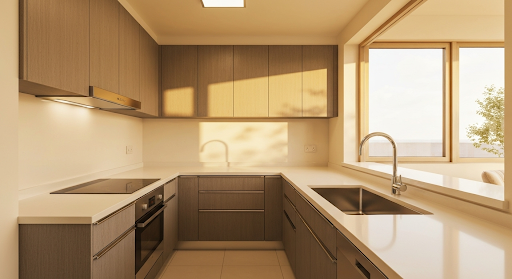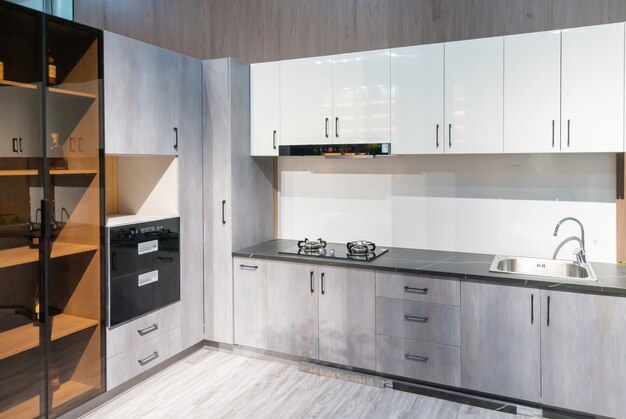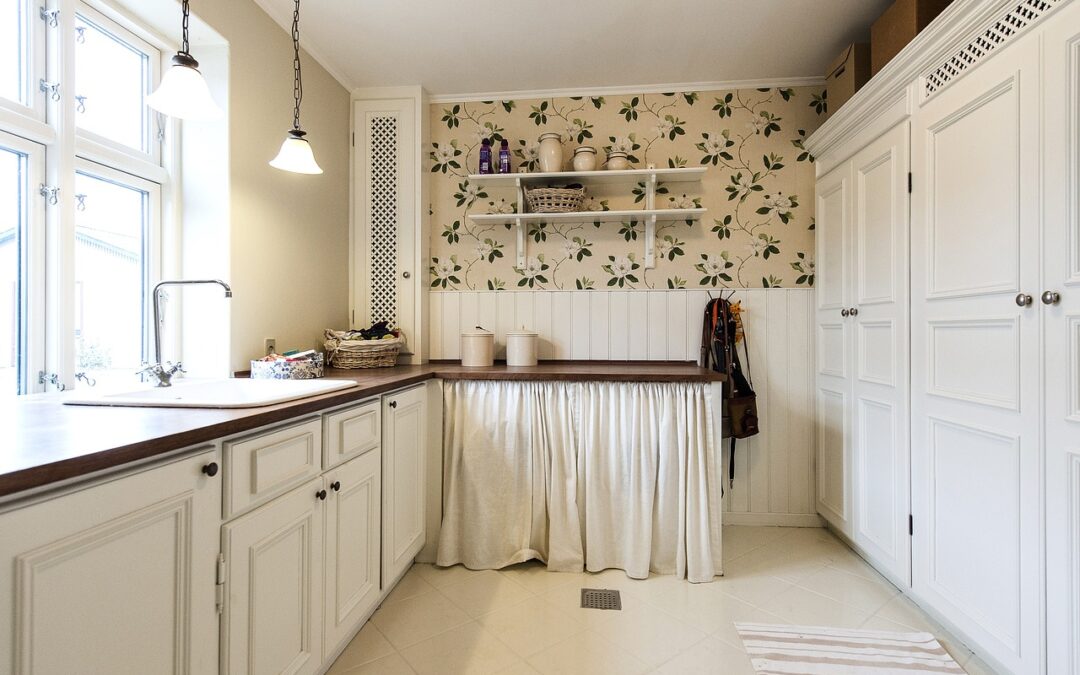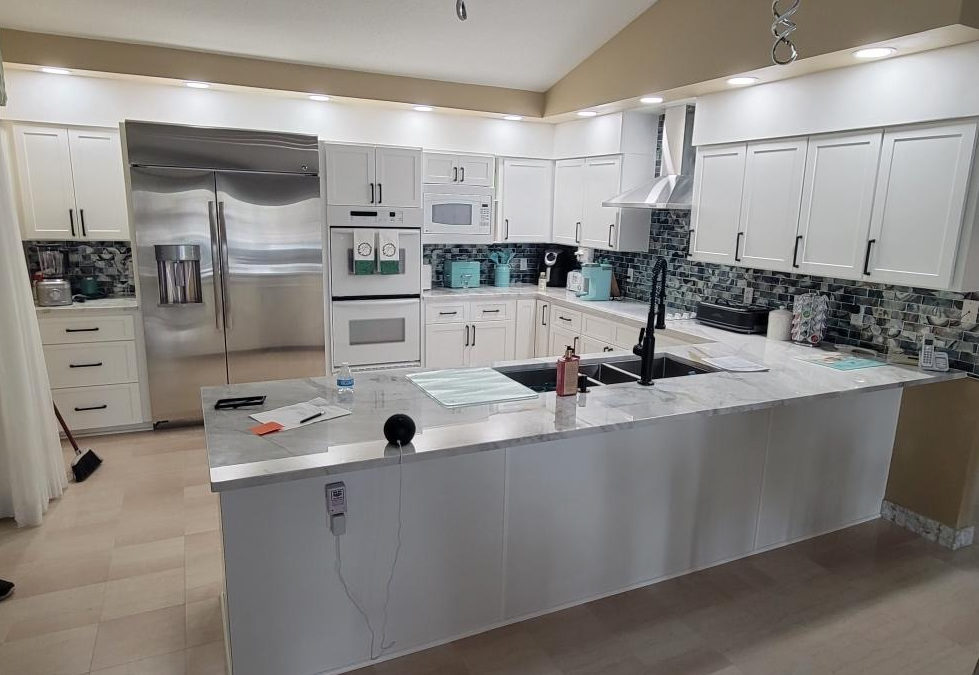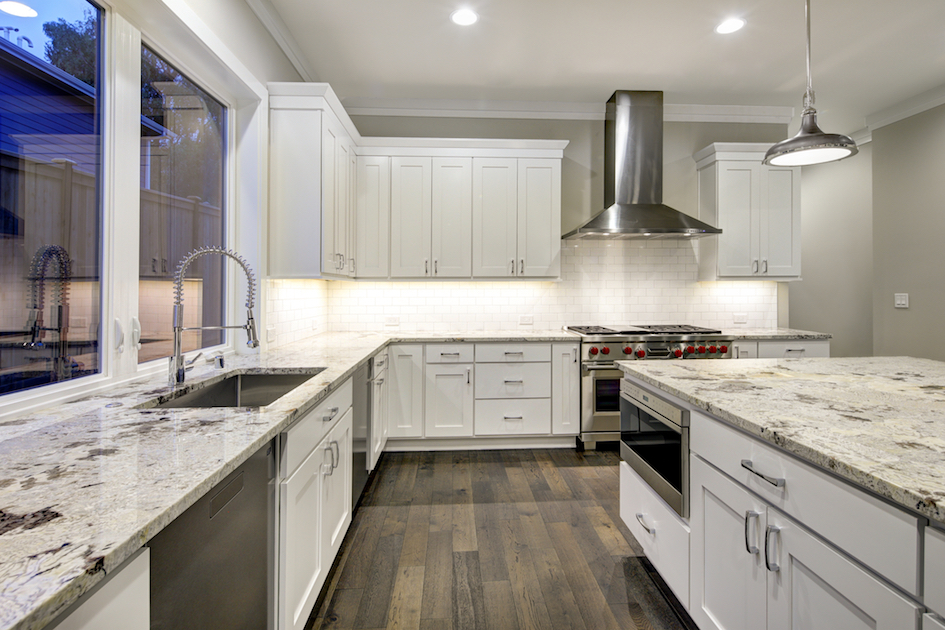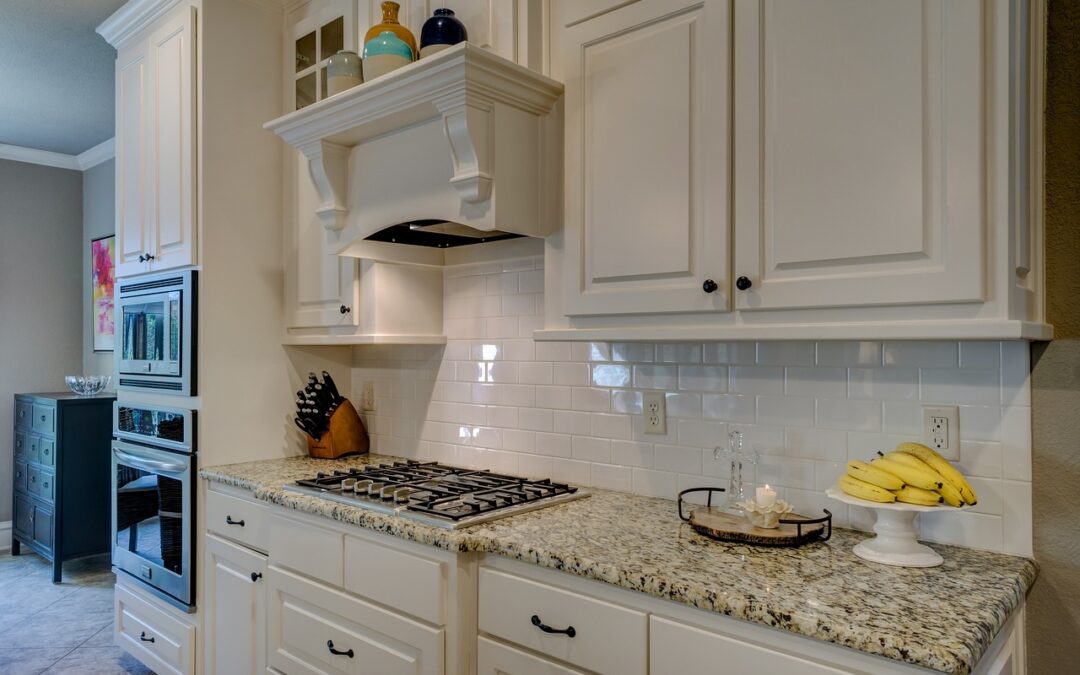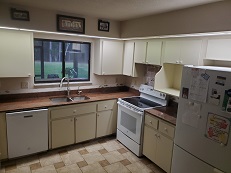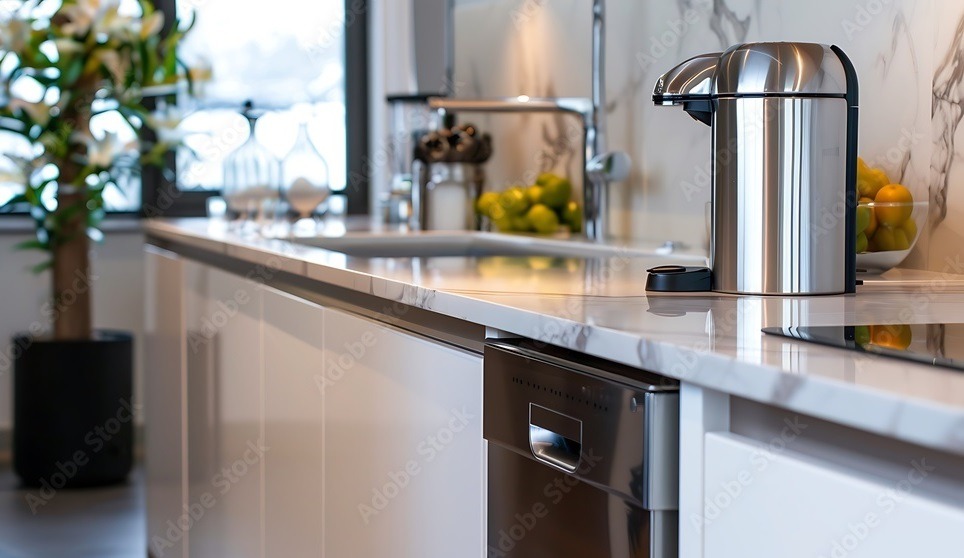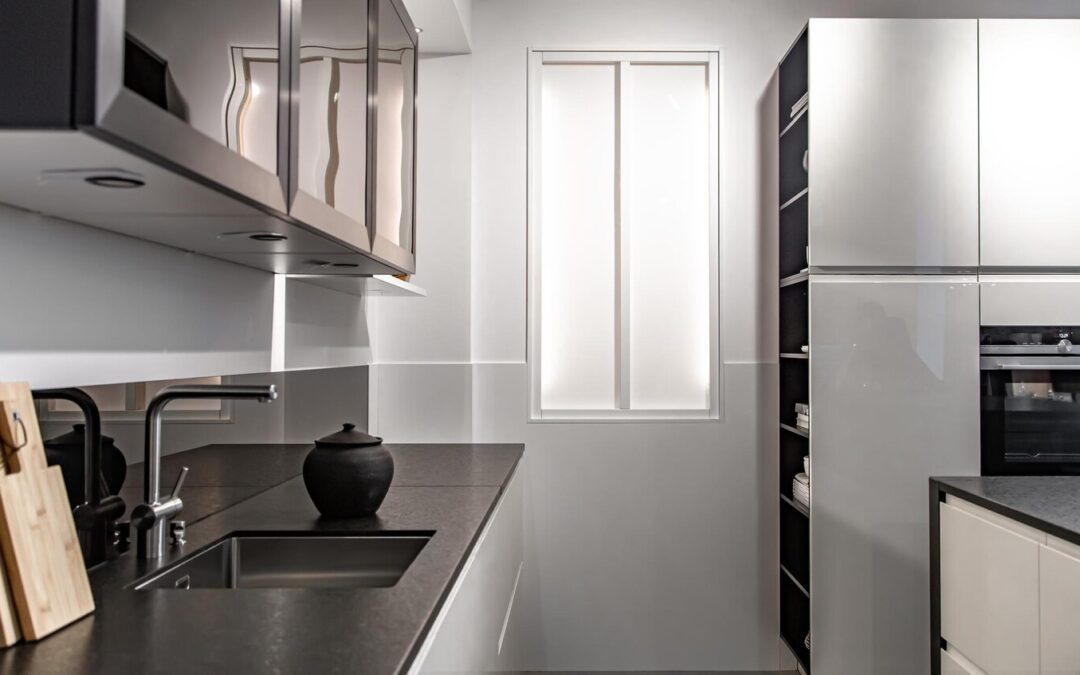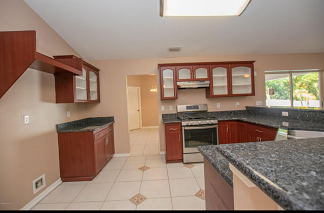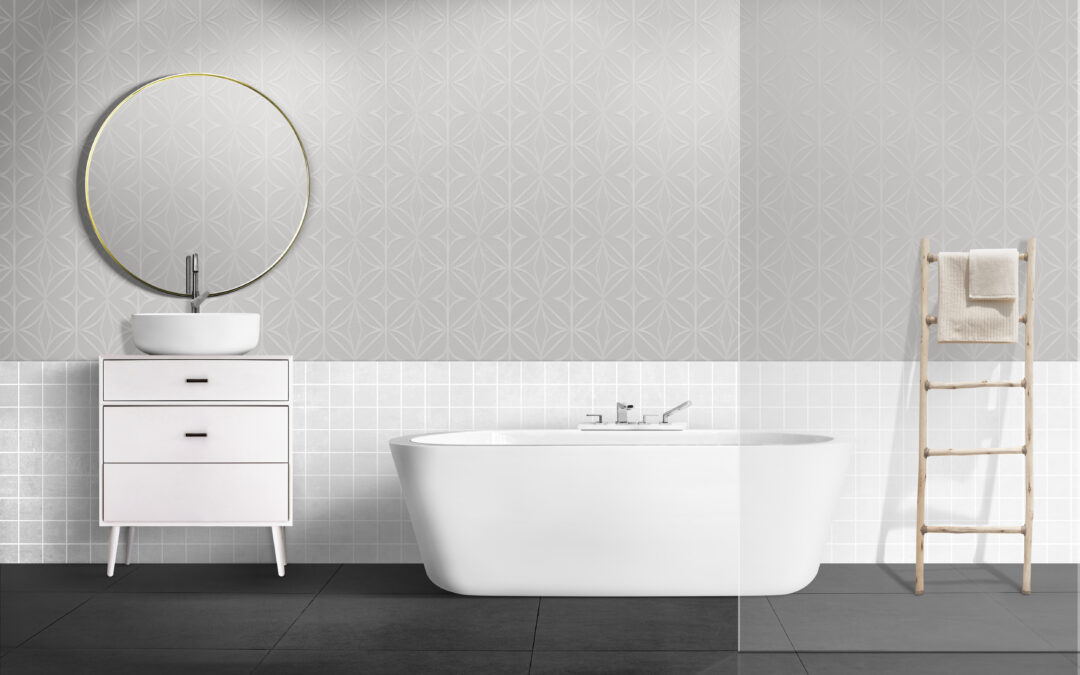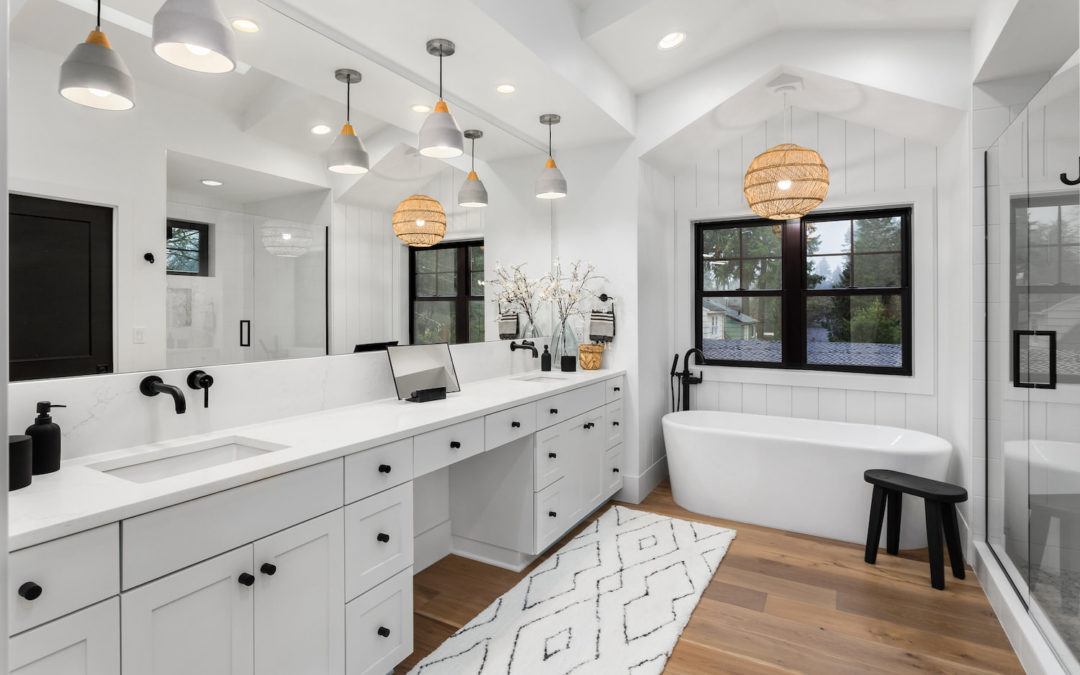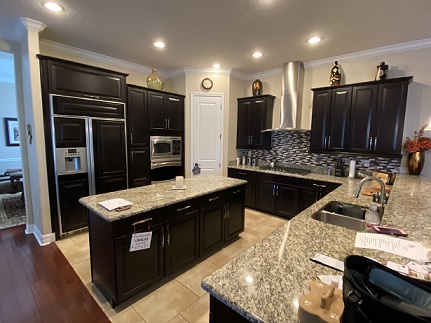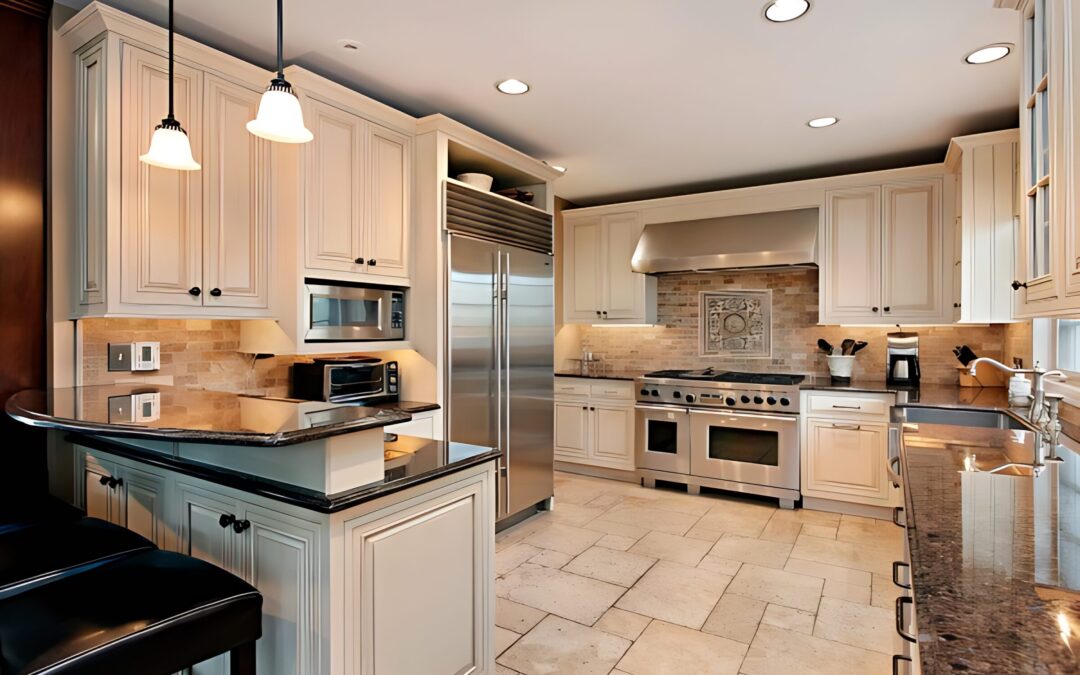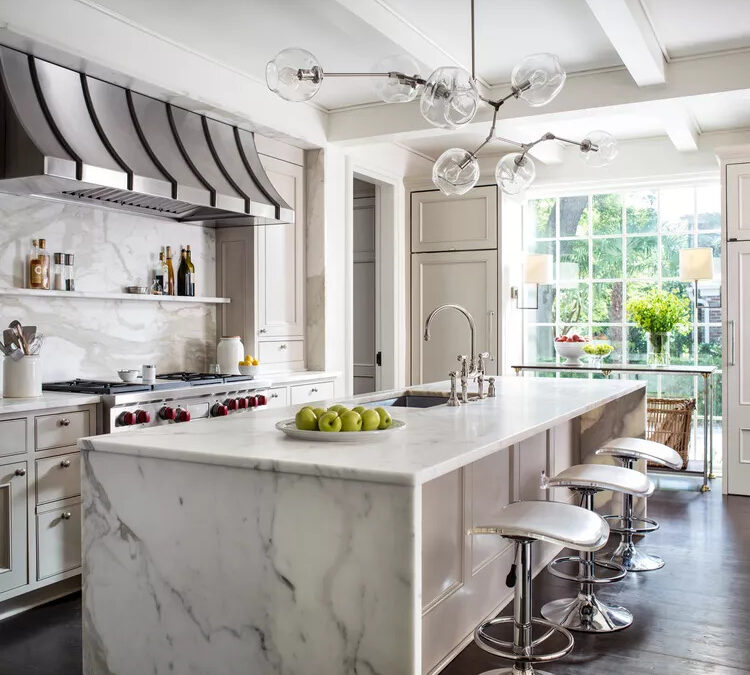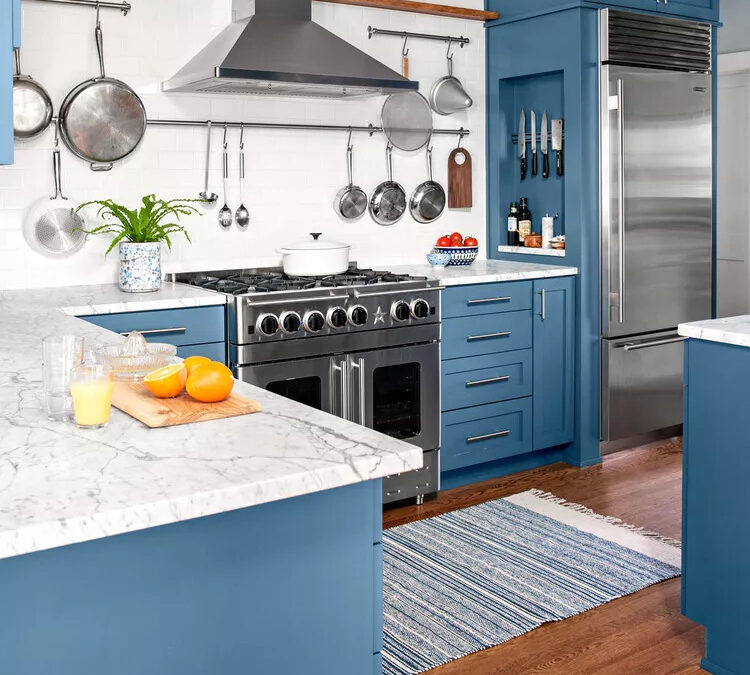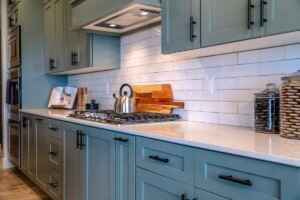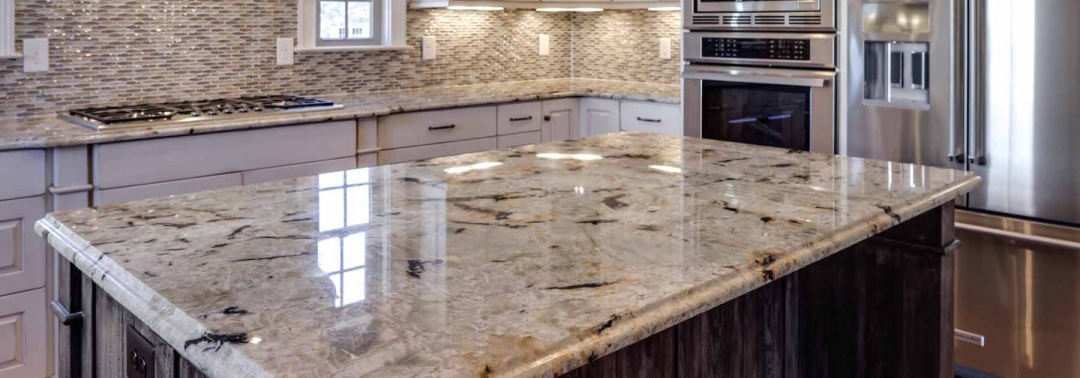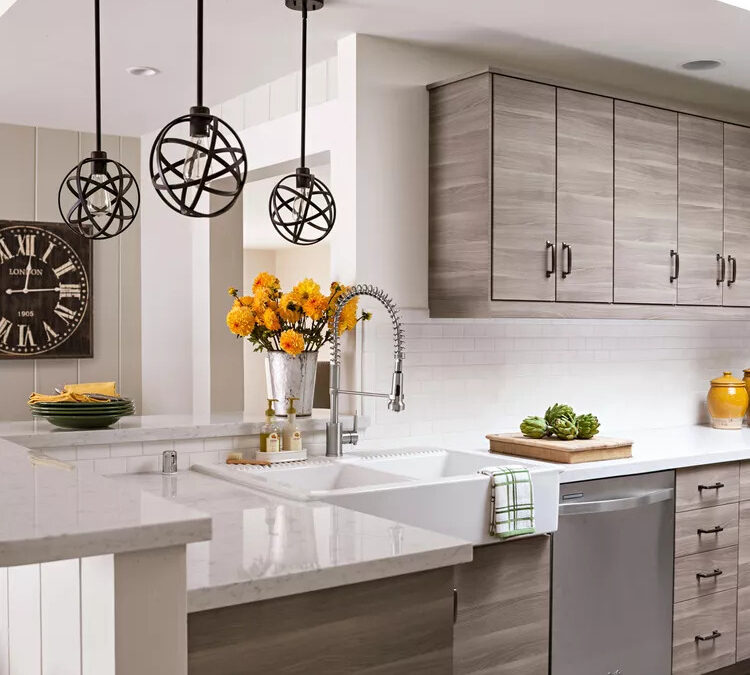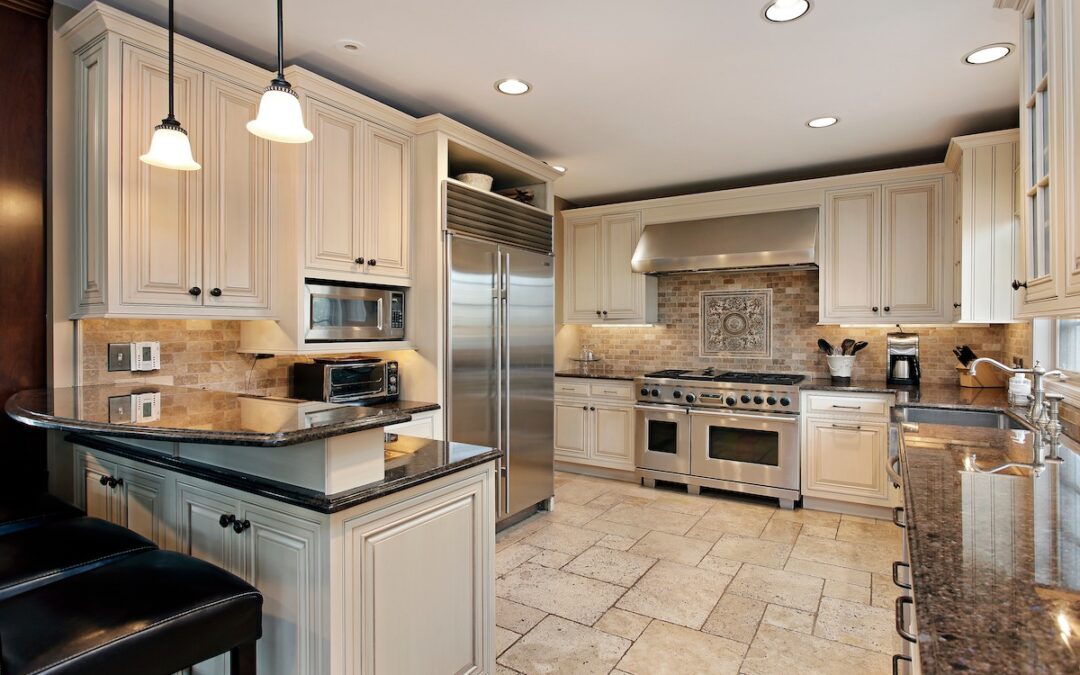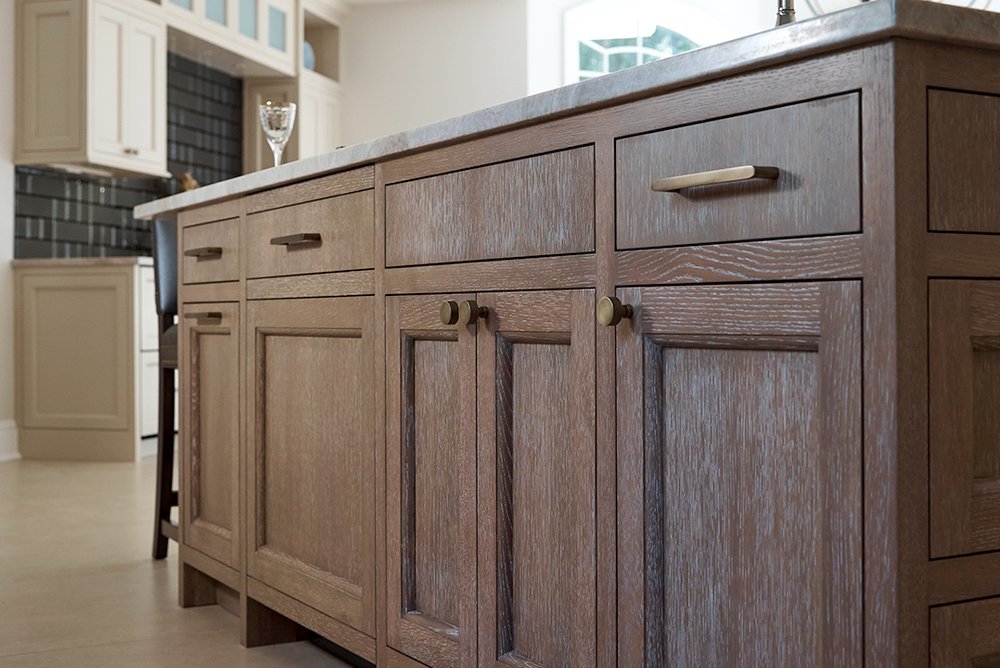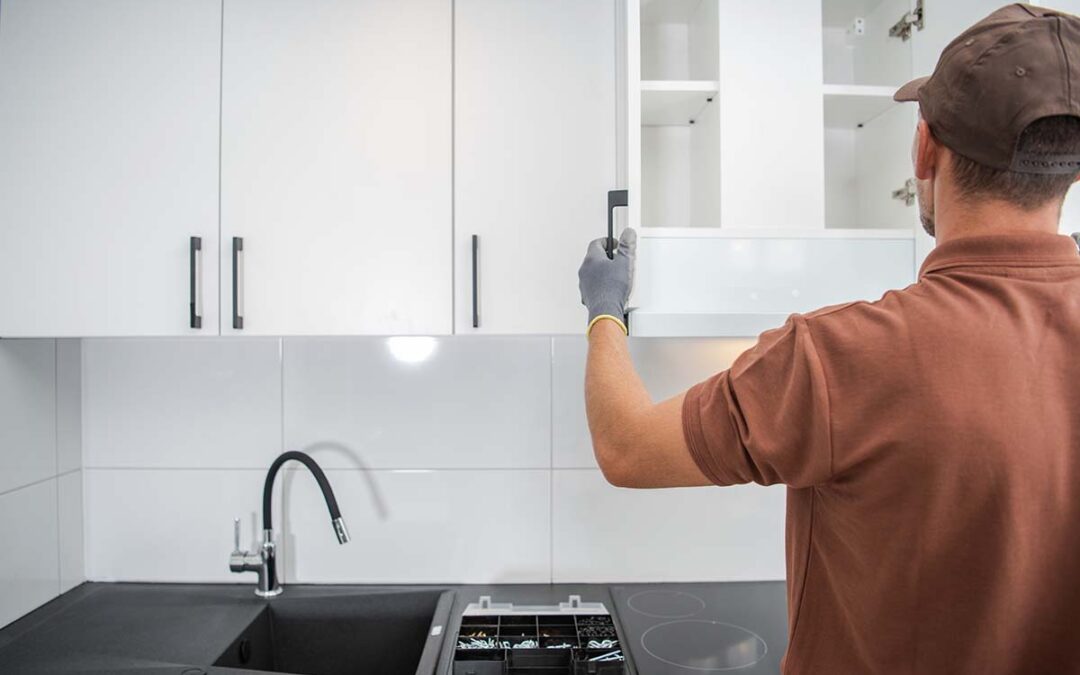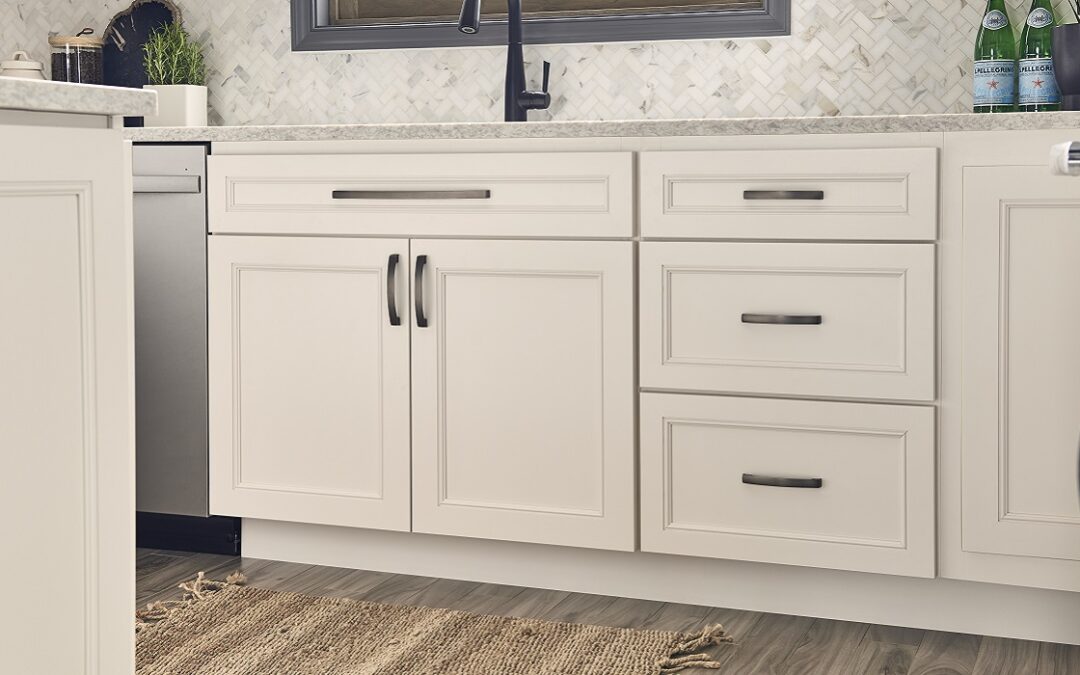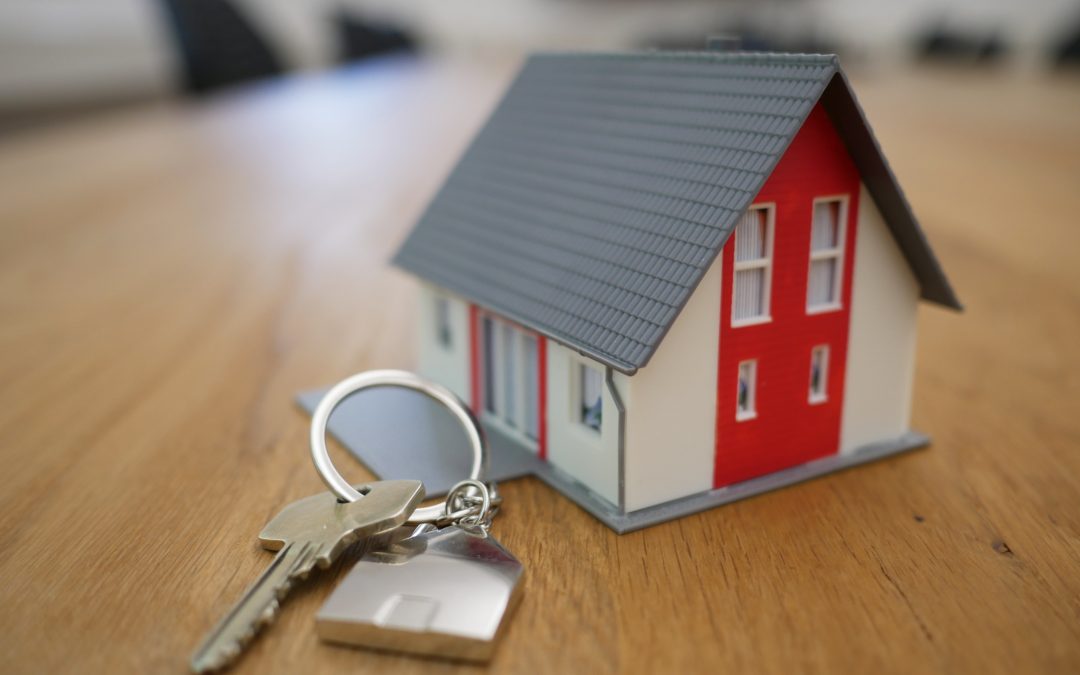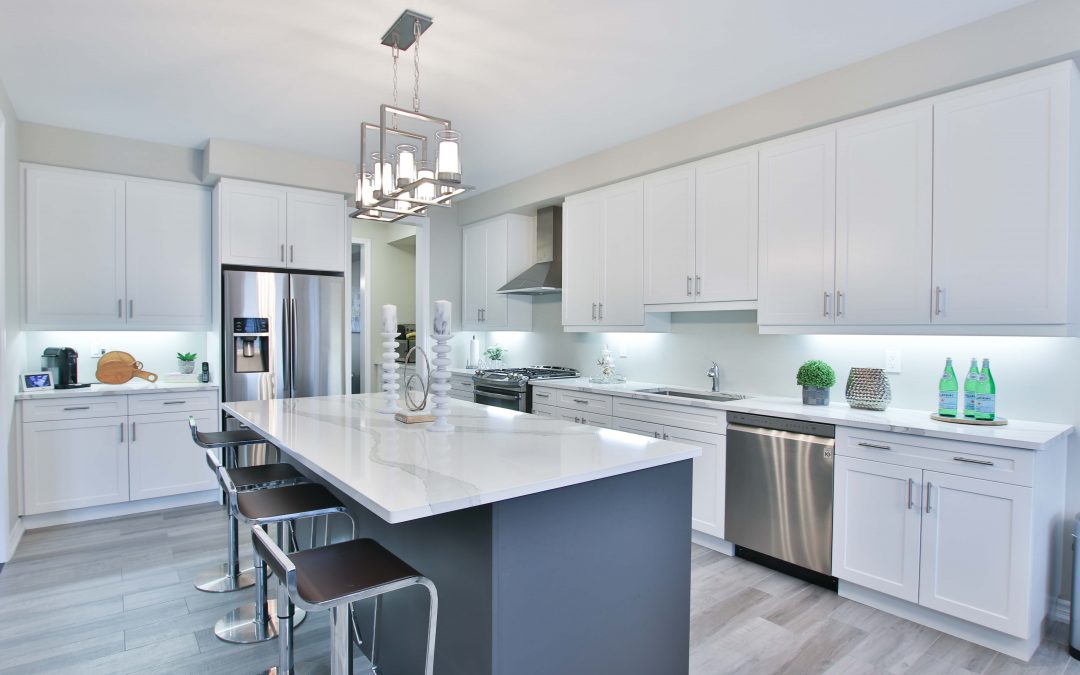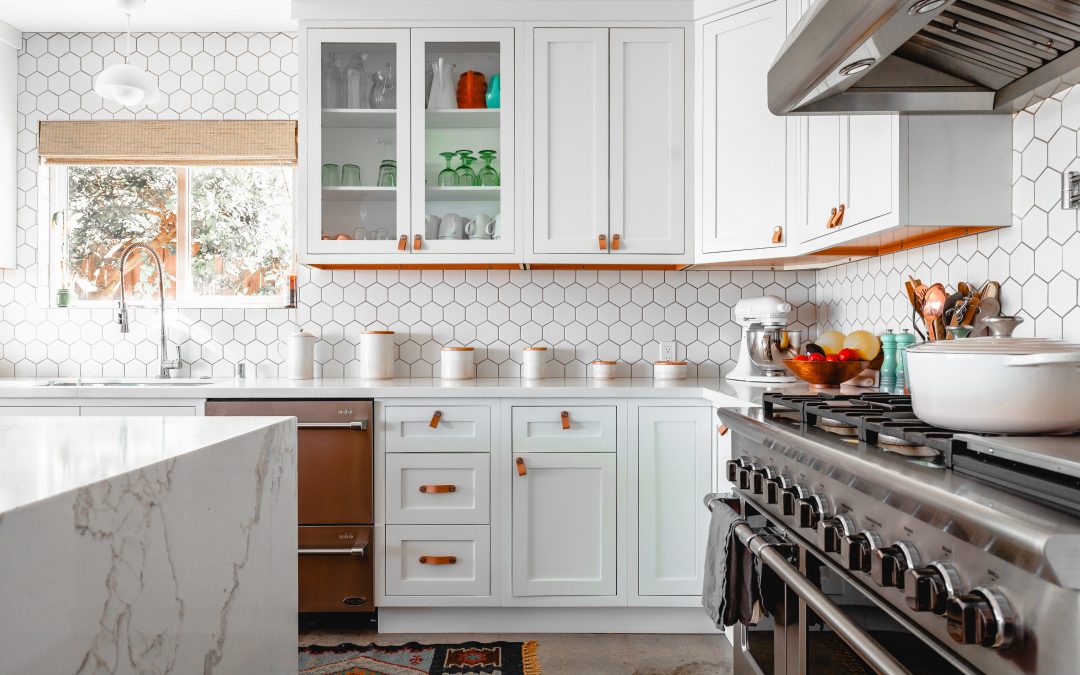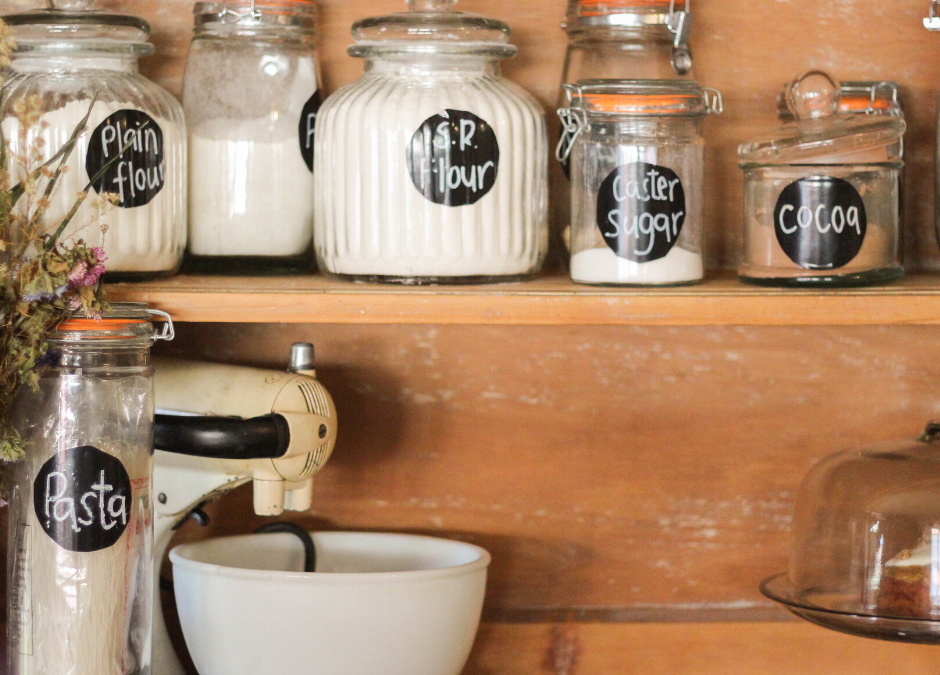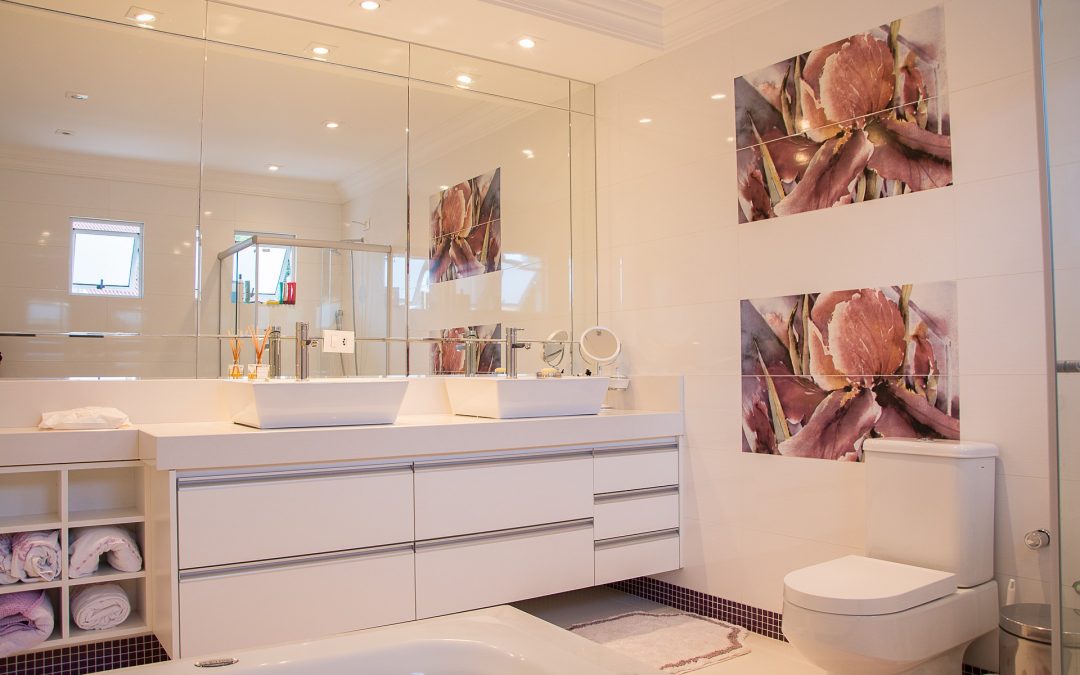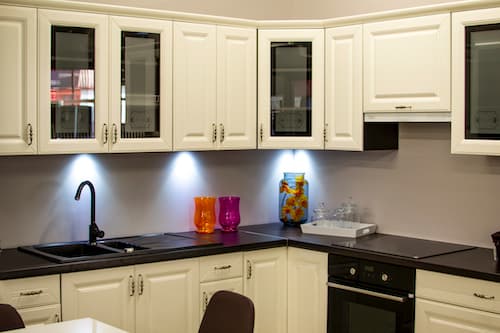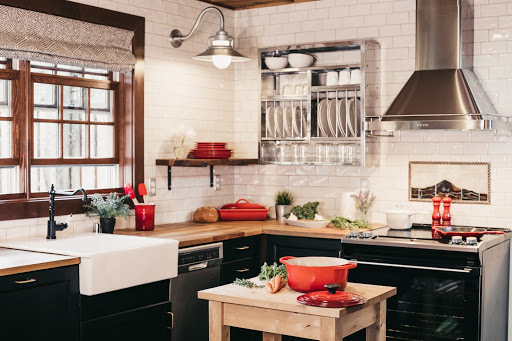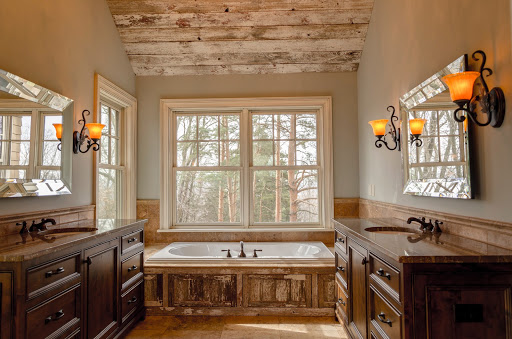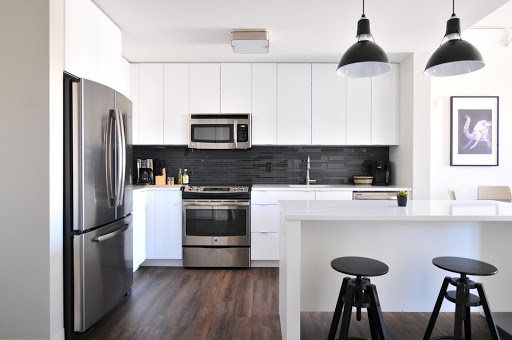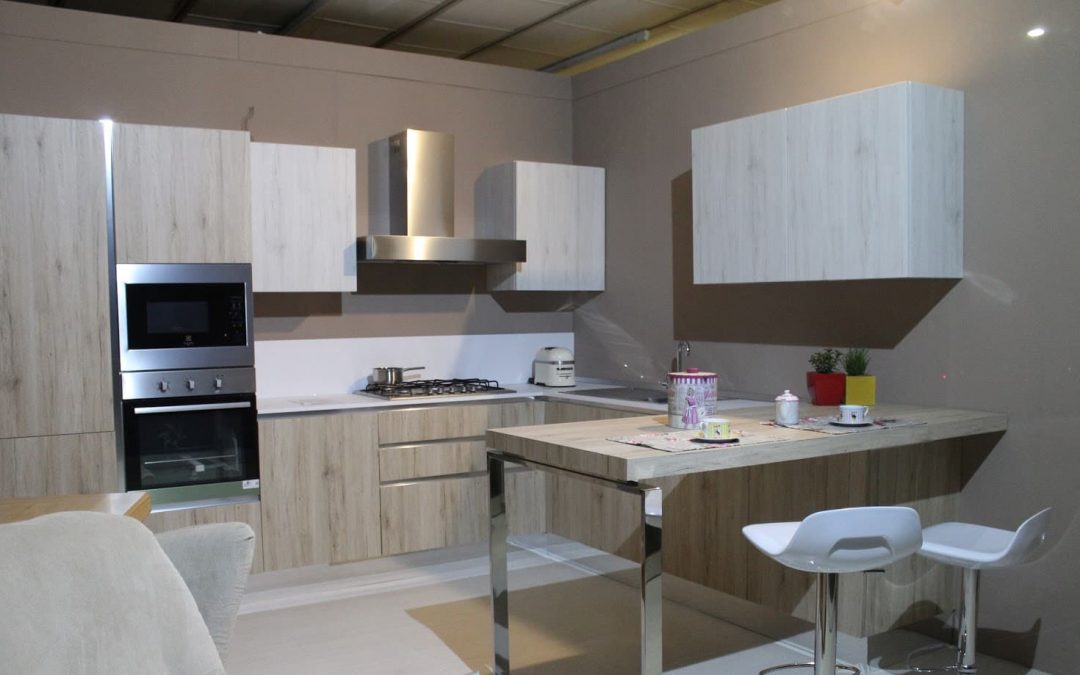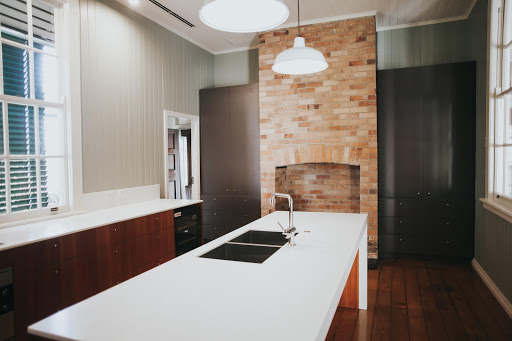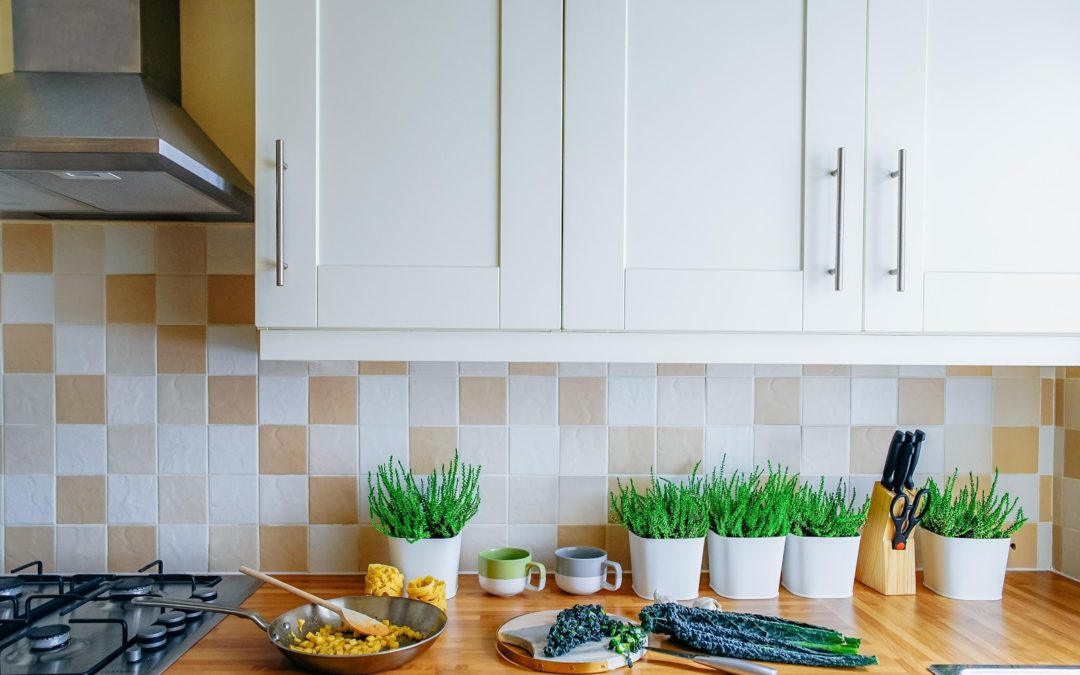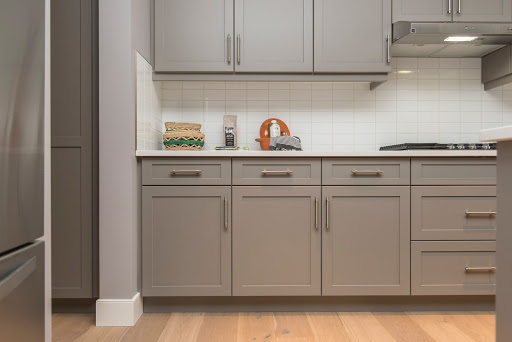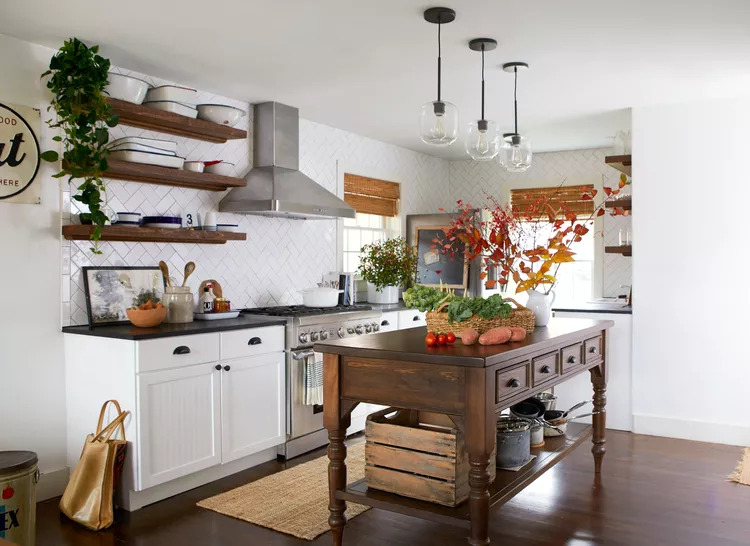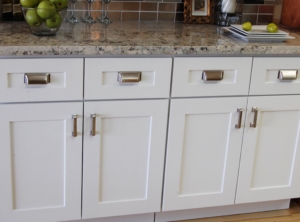Laminate cabinets can be a great pick for your kitchen. They give a nice and modern look and have good durability. These cabinets are also easy to care for most of the time. But, you need to clean them the right way. This will help the cabinets hold up and look their best for years. If you want tips on cleaning laminate cabinets, you are in the right place. Here, you will get the best ways to take care of your laminate and keep your cabinets nice without much hard work.
Understanding Laminate Cabinets and Their Unique Cleaning Needs
Before you clean laminate cabinetry, you need to know what makes it different from wood. Laminate surfaces are built in another way, so you should use the right cleaning products. The wrong cleaner or method can cause discoloration or harm and affect the durability of your cabinetry. Take good care, so your laminate will last and stay looking good.
The first thing you need to do for good cleaning is to know what your cabinets are made of. If you have this knowledge, you can pick the best cleaners. This will help keep your cabinets looking nice and not get damaged. Let’s talk about how you can find out the type of cabinets you have and how different cleaners work on them.
Identifying Laminate vs. Veneer and Other Cabinet Materials
Can you tell the difference between laminate and veneer? Veneer is a thin piece of real wood. It has natural grain marks that make each sheet look different. Laminate, on the other hand, is not a natural product. It is usually made of plastic or vinyl, stuck onto something like particleboard. Laminate stands out because of its great durability and smooth, even look.
Other popular materials are acrylics and rigid thermofoil, or RTF. Acrylics have a shiny gloss that looks like a mirror. They also keep moisture out, but they can get scratched if you are not careful. RTF is a vinyl laminate that looks a lot like natural stuff. But RTF does not handle heat well, and it may not last long if you use it in hot areas. Each surface has its own feel and use.
The best way to clean your laminate kitchen cabinets is to figure out what they’re made of first. When you know the cabinet doors’ material, you can use gentle cleaning methods. Go for cleaning with mild soap and water. This way, you will not hurt the laminate and it will stay in good shape for a long time.
How Laminate Surfaces React to Different Cleaning Agents
Your laminate surface can handle a lot, but it is not impossible to hurt it. Harsh chemicals are a big risk to the surface and may ruin it for good. Stay away from any cleaning products that have acetone, acid, ammonia, or bleach in them. Such harsh chemicals will strip away the top layer, mess with the color, and even damage the laminate itself. Using them can end up costing you, because it might mean you need to fix or replace the surface.
Even if you get a tough stain, do not use solvent-based cleaners, paint thinners, or abrasive powders. These things are not good for laminate. They can do harm instead of help. If you use these cleaners on laminate, your warranty may be no good anymore.
So, are there some cleaning ways that you should not use? Yes, there are. You should use mild, pH-neutral solutions for your cabinets. Harsh chemicals and hard scrubbing can quickly damage them. If you feel unsure, test any new cleaning product on a small and hidden spot first. This way, you know it will not hurt the look of your cabinets.
Gathering the Best Products and Tools for Cleaning Laminate Cabinets
You do not need to have a lot of fancy or pricey cleaning products to make your laminate look good. In fact, simple things often work better. A few soft microfiber cloths, one spray bottle for the cleaning liquid, and a gentle cleaner are all you need for cleaning. This way, your laminate will look nice without any trouble.
Using the right tools can help you a lot when you clean. A clean microfiber cloth works well because it picks up dust and grime. It does this without scratching the surface. You should always have a clean microfiber cloth ready when you start cleaning. Now, let’s see which cleaners are best for the job. Also, let’s talk about the cleaning supplies that you should keep on hand.
Recommended Cleaners for Grease and Grime Removal
Kitchen cabinets often get covered with grease and grime. You can clean it off without any trouble if you use the right cleaning products. A great way is to mix mild dish soap with warm water. Take a spray bottle, fill it with warm water, and add just a few drops of dish soap. Spray that mix on the cabinet, and it works well to remove those greasy spots. A solution like this is gentle but strong on dirt, helping you with cleaning your kitchen cabinets.
Another good way to clean grease is to mix white vinegar and equal parts water. Many say that this is a strong cleaner for grease. The Spruce talks about how mixing water and vinegar can really help. But keep in mind that vinegar is acidic. Try to not use it too often, because it can make your cabinet lose its gloss after some time. If you have tough grease, use a 50/50 mix of Simple Green® and water.
Here are some cleaning products that work well for taking out grease. Many people use these for cleaning tough spots. You can find these in most stores or online. The right cleaning products will help you get rid of grease fast and make your place look good again. Some of them come in a spray, and some you wipe on. Try these cleaning products when you need to fight grease at home or work.
| Cleaner | Mixture | Application Method |
| Mild Dish Soap | 8 drops in a 1-liter spray bottle of water | Spray onto a cloth and wipe gently. |
| White Vinegar | Equal parts water and vinegar | Spray onto a cloth; use sparingly to avoid dulling the finish. |
| Simple Green® | 50/50 mix with water | Apply with a soft cloth for tough degreasing. |
Essential Cleaning Supplies and What to Avoid
Having the right supplies is very important. You should use a soft material, like a clean microfiber cloth or a gentle sponge. These things help you clean the surface, and they do not leave scratches or marks. It also helps to keep an old toothbrush or a soft makeup brush nearby. You can use them to reach corners and small spaces.
On the other hand, there are some things you should not use on your laminate cabinets. Abrasive cleaners and tools can scratch and dull the finish. It is good to keep all these cleaners away from your laminate surfaces. This will help your laminate cabinets stay smooth and new.
Here’s a quick list of what to avoid:
- Do not use abrasive cleaners that come in liquid or powder form.
- Stay away from scouring pads, steel wool, or harsh brushes.
- Avoid cleaners that have ammonia, acetone, or acid in them.
- Do not use solvent-based cleaners or paint thinners.
Step-by-Step Guide for Safe and Effective Routine Cleaning
Setting up a regular cleaning plan helps stop dirt and grease from sticking to your laminate cabinets. When you clean often, the job gets quicker and easier over time. Use the right cleaning products and simple steps to keep your laminate cabinets looking good without putting in much work.
This part will give you an easy guide for taking care of your cabinets. It will show you what to do each day, like wiping them down. It will also help you fix problems, such as streaks on dark-colored surfaces. By following these steps, you can keep your cabinets looking good all the time.
Daily and Weekly Cleaning Methods to Prevent Dirt Buildup
To have your laminate cabinets look their best, a bit of regular care is important. A fast wipe each day helps get rid of dust and fingerprints. This is a good way to keep up with daily mess. To stop grime from building up, aim for a deeper clean once every week. A weekly clean will make sure that dirt does not turn into a bigger problem for your laminate cabinets.
For regular cleaning, it is easy to do what needs to be done. First, take a slightly damp microfiber cloth to dust the surfaces. This helps pick up any loose dirt you see. Next, mix up a cleaning solution using warm water and a bit of mild dish soap. Spray this cleaning solution onto a clean cloth instead of spraying it on the cabinet. This stops too much moisture from getting on the cabinets.
Carefully clean the cabinets. Start at the top and go down so you don’t leave smears. Be sure to use a clean and dry cloth at the end. Wipe away any moisture left on the surface.
Here’s a quick recap of the steps:
- Use a damp cloth to wipe away dust.
- Add a few drops of dish soap to warm water.
- Spray this mix on a clean microfiber cloth.
- Gently wipe all surfaces with the clean microfiber cloth.
- Use another cloth to dry everything well.
How to Clean Dark-Colored Laminate Cabinets Without Streaks
Dark-colored laminate cabinets can make any kitchen look modern and nice. But they often show fingerprints and marks. To keep laminate cabinets looking good, use the right way to clean them, and make sure to dry the surface well. A streaky look usually comes from water spots or from not wiping off all of the cleaning stuff. So, if you want your laminate cabinets to shine, focus on good cleaning and drying.
To avoid problems when cleaning a laminate surface, start by using a clean microfiber cloth. Lightly wet the cloth with a mild cleaning solution that you like. Do not spray the cleaner straight on the cabinet. Wipe the surfaces gently with the clean microfiber cloth. If your laminate looks like wood, wipe in the same direction as the grain.
The most important thing to do is to dry the cabinet right away. Take a second microfiber cloth that is dry or use good paper towels. Buff the laminate surface until all the moisture is gone. This fast drying step helps because it stops water from sitting or evaporating, so there will not be any mineral deposits or streaks left on the laminate.
Tackling Common Laminate Cabinet Issues
Even if you clean your laminate cabinets often, you may still face tough stains or water spots from time to time. If you know how to handle these problems the right way, you can help keep the durability of your laminate cabinets. Taking quick and proper action will stop small issues from turning into real damage.
Sticky residues and water damage can be a problem for your cabinets. The right way to clean them will help you fix these issues. You do not want to harm your cabinets when cleaning. Let’s talk about some good tips. These will help you make your surfaces look good again and keep them safe while cleaning.
Tips for Removing Sticky Residue and Water Spots
Sticky mess from food spills or fingerprints can be tough to deal with. The best thing to use for cleaning sticky stuff is a natural cleaner. A mix of baking soda and water works well. Put the paste on the place with sticky grime. Leave it there for a few minutes. This helps break down the grime. After that, just wipe it off with a damp cloth.
Vinegar works well for cleaning greasy and sticky messes. You can get a cloth and make it wet with a mix of white vinegar and water. Use the same amount of both in the mix. If you want a fresh smell and better cleaning, you can try mixing olive oil and lemon juice. This helps clean and polish at the same time.
You can use vinegar or soda for cleaning. Yes, both work well, but you need to be careful. Always scrub gently when using soda. Use vinegar solutions, but do not use too much at once. Here are some ways you can try:
- Make a paste using baking soda and water for tough stains.
- A 50/50 mix of vinegar and water helps clear any greasy leftover mess.
- Wipe water spots off right away with a dry cloth so they do not leave a mark.
- Mix two parts olive oil with one part lemon juice to help polish the surface.
Protecting Laminate Cabinets from Damage During Cleaning
Taking care of your laminate cabinets the right way will help them last longer. When you clean, the biggest problem is moisture. Too much water can damage your cabinets. To stop this from happening, do not spray cleaning products straight onto the cabinet doors or the frames. The better way is to put the cleaner on your cloth first. Then, wring out the cloth so there is not too much liquid. This will help you avoid water damage and keep your laminate cabinets strong.
After you wipe the surfaces, use a dry and soft cloth right away. This step helps stop water spots from showing up. It also keeps moisture from getting into the seams or edges. When moisture gets in, the laminate may peel and the core of the cabinetry can start to swell. A kitchen with good ventilation will help control the humidity. This will give your cabinetry more protection.
Is it okay to use a magic eraser or abrasive sponge? No, you should stay away from them. Sources like Northern Contours say you can get permanent scratches by using abrasive things like scouring pads, brushes, and scrapers. A magic eraser is also rough and will make the finish of your laminate look dull. For cleaning, use a soft cloth. This way you keep your laminate in good condition and it will be safe and look good for a long time.
Conclusion
To sum up, taking care of laminate cabinets means you need a special way to clean them. Use the right cleaning products for laminate. Follow a regular cleaning routine so your cabinets stay fresh and bright. Be kind to the surfaces, and do not use harsh chemicals or anything rough that can scratch or harm the laminate. Regular cleaning helps your kitchen look good, and also helps your cabinets last longer. If you want to step up your cleaning, you can set up a free meeting with our experts. They can give you tips that fit your needs and help you learn more about cleaning laminate cabinets.

